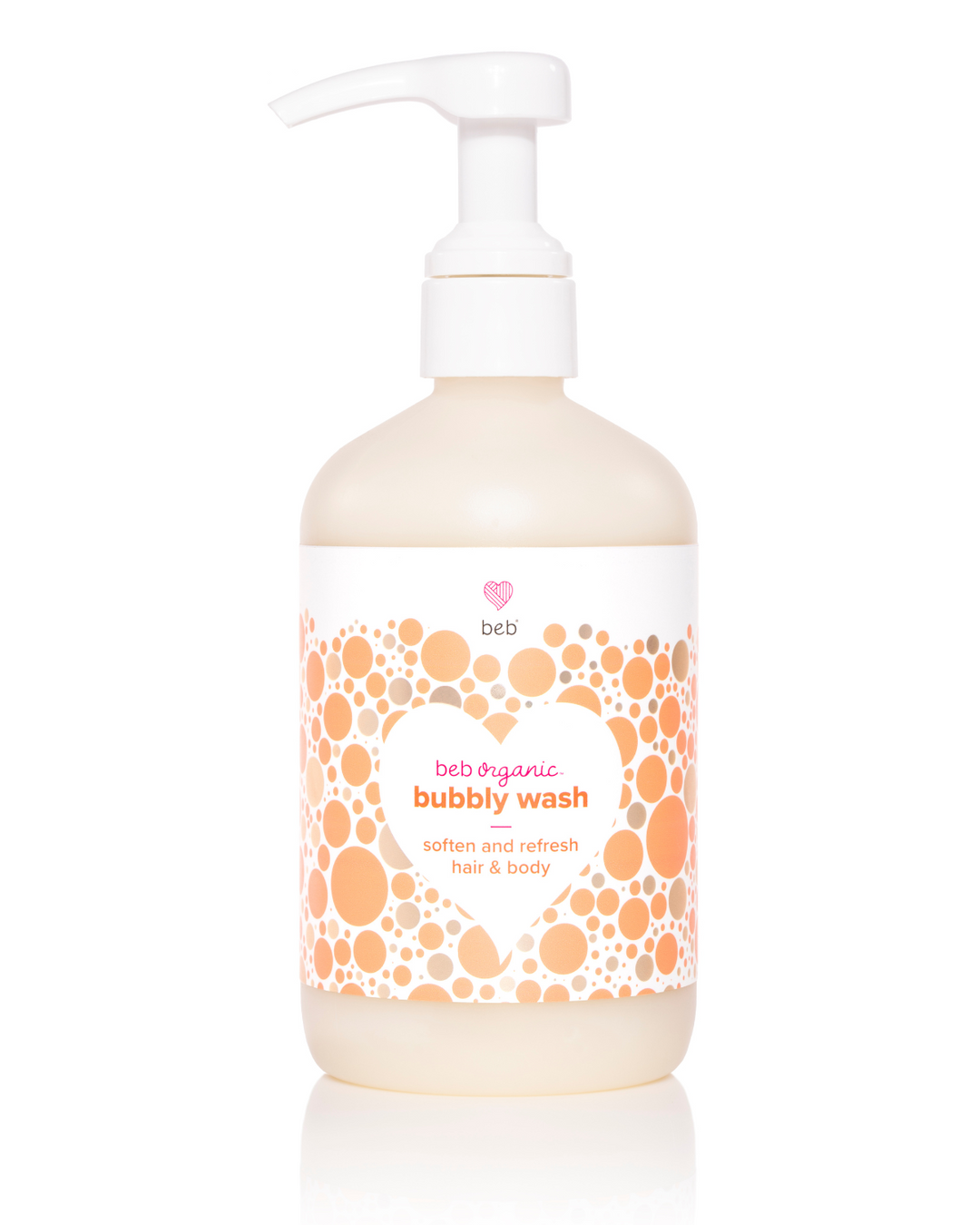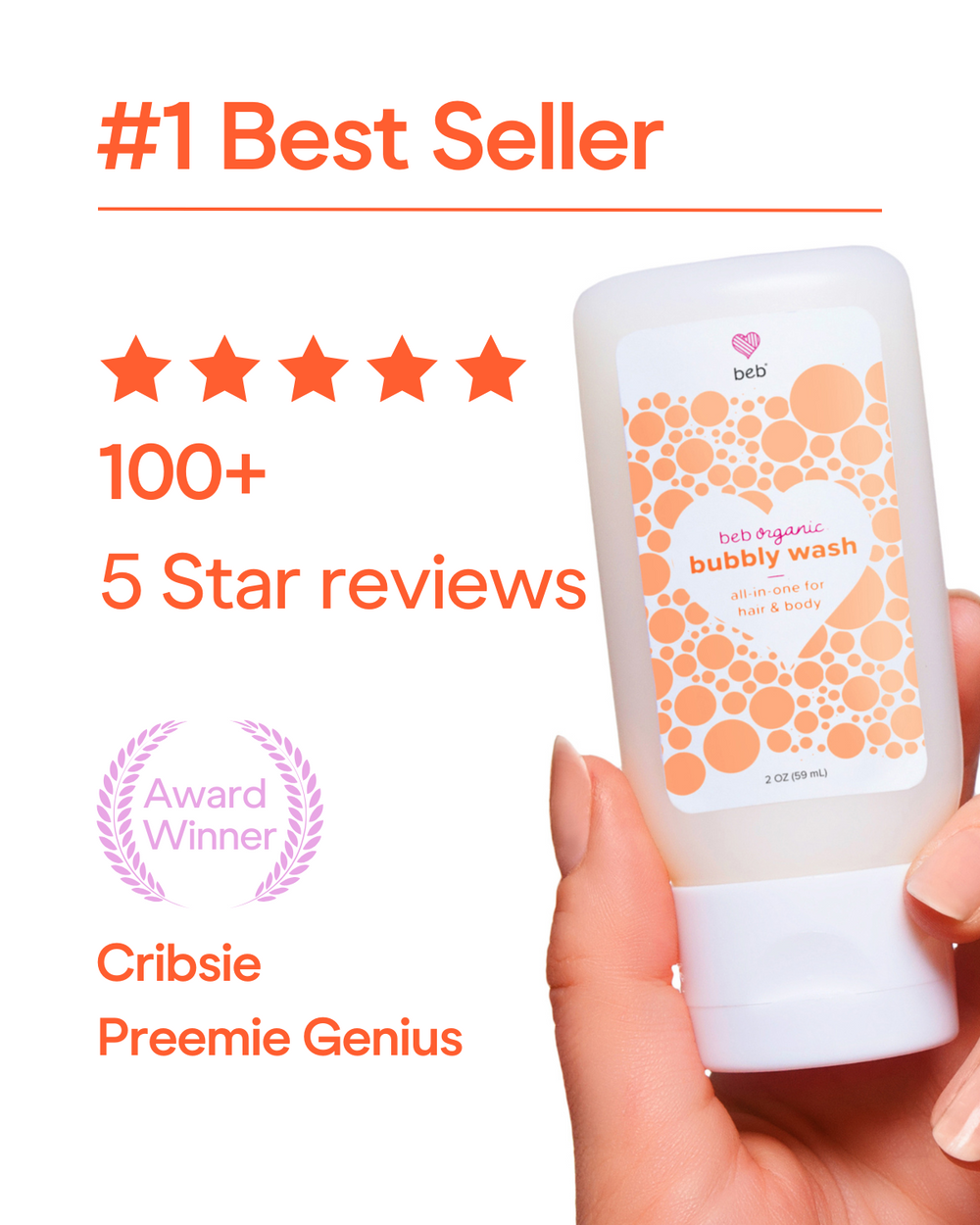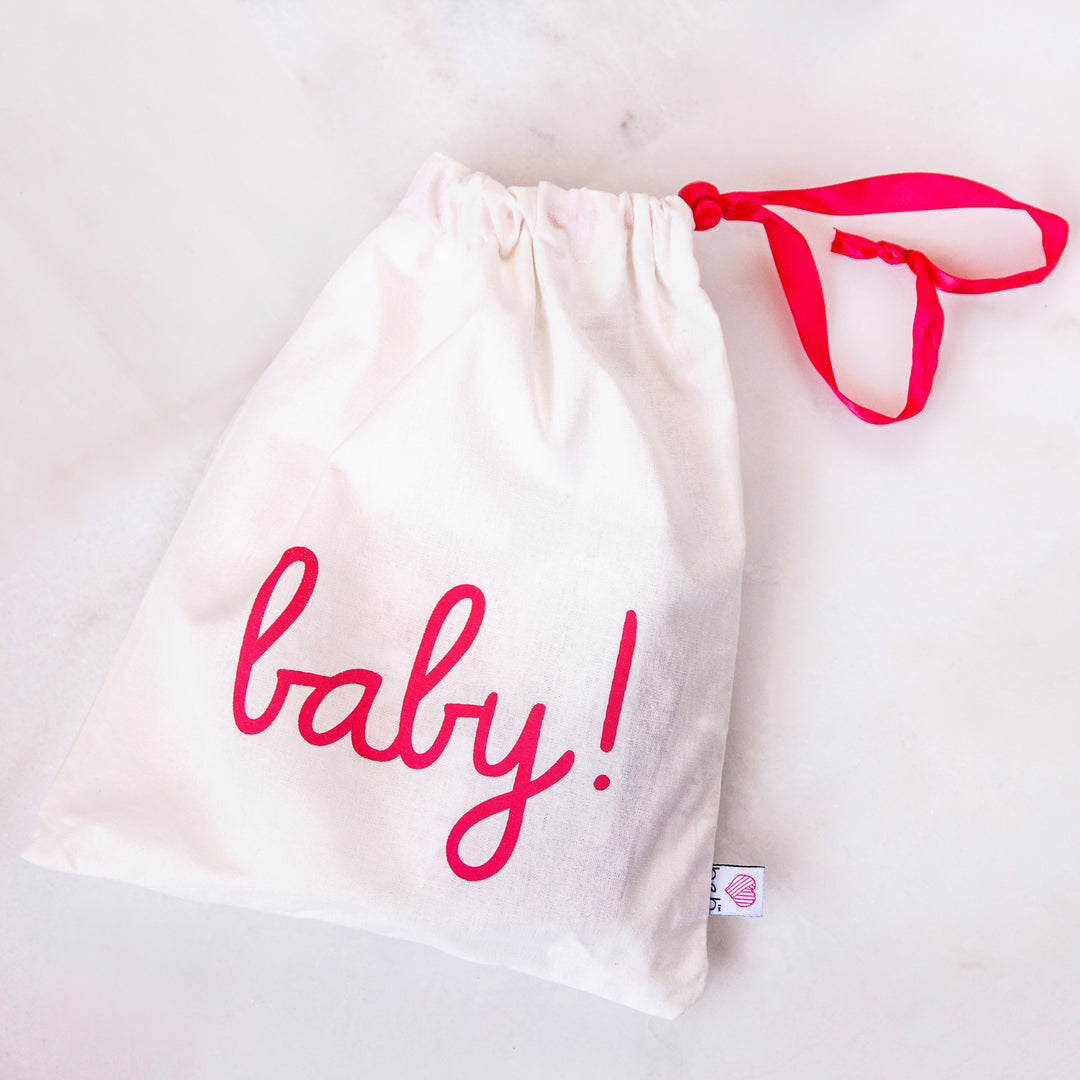Hidden Chemicals in Preemie Clothes: What Every Parent Needs to Know

For parents of preemies, selecting the right clothing is about more than just fit and style—it’s also about safeguarding sensitive skin from potentially harmful additives commonly used in fabrics. From fire retardants in sleepers to pesticides in non-organic cotton, these additives are often used to enhance the durability or safety of materials but may pose concerns for babies with fragile, developing skin.
Why Understanding Additives Matters for Preemie Skin Health
Babies born prematurely have especially delicate skin, making them more vulnerable to irritation or allergic reactions caused by certain chemicals in fabrics. In this guide, we’ll explore the most common additives found in baby clothing materials, including their purposes and potential effects on sensitive skin.
Common Additives in Preemie Clothing Fabrics
1. Fire Retardants in Sleepwear
Purpose: Fire retardants are chemicals added to fabric to reduce its flammability, especially in sleepwear. This practice was originally intended to protect children from fire hazards. However, these chemicals can be problematic, especially for preemies who are more susceptible to skin irritation and respiratory issues.
- Potential Effects: Certain fire retardants, such as brominated or chlorinated compounds, may cause rashes, dryness, and irritation, especially for preemies with already sensitive skin. Studies suggest some fire retardants may also have potential endocrine-disrupting effects, meaning they can interfere with hormone function.
- How to Choose Safer Options: Look for sleepwear labeled “flame-resistant” without the addition of fire retardant chemicals. Some brands achieve this by using natural flame-resistant materials or tight-fitting designs that meet safety standards without chemicals.
2. Pesticides in Non-Organic Cotton
Purpose: Conventional cotton farming often relies on pesticides to protect crops from pests. Residues from these chemicals can remain in the fibers, potentially transferring to the final garment and coming into contact with a baby’s skin.
- Potential Effects: Pesticides are linked to a range of health concerns, including skin irritation, allergic reactions, and in some cases, respiratory problems. Preemies with thin, sensitive skin are more susceptible to these residues.
- How to Choose Safer Options: Opt for organic cotton preemie clothes whenever possible. Organic cotton is grown without pesticides or chemical fertilizers, minimizing the risk of exposure. The organic label ensures that no harmful chemicals were used at any stage of production, offering a safer choice for babies.
3. Formaldehyde for Wrinkle Resistance
Purpose: Formaldehyde is sometimes used in fabric processing to make materials wrinkle-resistant and prevent mildew during shipping. However, it is a well-known irritant and allergen, particularly for sensitive skin.
- Potential Effects: Formaldehyde exposure can lead to contact dermatitis, rashes, and respiratory irritation. Babies who are predisposed to skin sensitivities or allergies may react more strongly to formaldehyde residues in fabric.
- How to Choose Safer Options: Look for labels like “formaldehyde-free” or choose organic clothing, as organic certification restricts the use of formaldehyde in textile production.
4. Glues and Adhesives in Decorative Elements
Purpose: Glues and adhesives are sometimes used to attach decorative elements like sequins, patches, or embellishments to baby clothes. However, these adhesives may contain chemicals like phthalates or latex, which can irritate or sensitize the skin.
- Potential Effects: Adhesives may cause skin irritation or contact dermatitis, especially in babies prone to allergies. Phthalates, in particular, have been linked to hormone disruption and other developmental concerns.
- How to Choose Safer Options: To reduce the risk of irritation, select simple, unadorned clothing for preemies, avoiding items with decorative elements that require adhesives. Opt for soft, seamless garments that prioritize comfort and skin health.
5. Dyes and Synthetic Coloring Agents
Purpose: Dyes are used to color fabrics, and while many dyes are safe, some synthetic dyes contain heavy metals or other chemicals that can cause reactions in sensitive skin.
- Potential Effects: Synthetic dyes may lead to skin irritation, rashes, and, in rare cases, allergic reactions. Babies with sensitive skin may be especially prone to reacting to these dyes.
- How to Choose Safer Options: Look for clothes labeled “low-impact dye” or “natural dye,” as these options are less likely to contain harmful chemicals. Choosing neutral-colored or undyed clothes can also reduce the risk of irritation.
6. Antimicrobial Treatments
Purpose: Some fabrics are treated with antimicrobial agents to prevent the growth of bacteria and mildew, which can be especially useful for items like bibs or burp cloths. However, these treatments can include chemicals that may disrupt delicate skin or trigger allergies.
- Potential Effects: Triclosan and other antimicrobial additives can cause contact dermatitis or dry skin. Since these chemicals are applied to the surface of the fabric, they may come into direct contact with sensitive preemie skin, increasing the risk of irritation.
- How to Choose Safer Options: Select untreated fabrics or items explicitly labeled “antimicrobial-free.” For babies with extremely sensitive skin, it’s often best to wash items frequently to maintain hygiene without relying on antimicrobial chemicals.
Tips for Avoiding Harmful Additives in Preemie Clothes
-
Opt for Organic Fabrics: Organic fabrics, like organic cotton, bamboo, and wool, are typically produced without pesticides, synthetic dyes, or chemical treatments. This reduces the risk of exposure to harmful residues, making organic preemie clothes a safer option.
-
Pre-Wash New Clothes: Washing new clothes before they’re worn can help remove any residual chemicals from the manufacturing process. Use a fragrance-free, dye-free detergent to minimize additional irritants.
-
Look for Certifications: Certifications like GOTS (Global Organic Textile Standard) or OEKO-TEX ensure that the fabric has been tested and is free from a range of harmful substances. These certifications provide added reassurance for parents looking for chemical-free clothing.
-
Avoid Additives Where Possible: When shopping, look for products labeled “additive-free,” “chemical-free,” or “untreated.” Many baby brands now offer collections that are specifically designed to be free from common irritants and allergens.
-
Test New Clothes for Reactions: If you’re trying a new type of fabric or brand, consider testing it by allowing the garment to rest against your baby’s skin briefly. Look for any signs of redness, dryness, or irritation, which may indicate a sensitivity to a particular additive.
FAQs About Additives in Preemie Clothes
Q: Are fire retardants really necessary in sleepwear for preemies?
Fire safety regulations require that sleepwear for babies and children meet specific flammability standards. However, many brands achieve compliance through fabric tightness or natural fire resistance rather than chemical treatments. Checking for labels that state “no added fire retardants” or opting for fitted garments can help you avoid these chemicals.
Q: Can washing remove all harmful chemicals from clothing?
While pre-washing clothes can remove some residues, certain chemicals, like fire retardants or antimicrobial treatments, are more persistent and may remain even after washing. This is why choosing untreated, organic fabrics is a more effective approach to reducing exposure.
Q: Are dyes in baby clothing safe?
Most dyes used in baby clothing are safe, but synthetic dyes can contain heavy metals or other chemicals that may be irritating to sensitive skin. Choosing organic or low-impact dyes, or sticking with neutral colors, can minimize the risk.
Final Thoughts
When it comes to choosing clothes for your preemie, knowing about common additives and their potential effects can help you make safer, healthier choices. By selecting organic preemie clothes, pre-washing new items, and opting for untreated fabrics, you’re not only prioritizing your baby’s comfort but also supporting their long-term health.
Being vigilant about the additives in baby clothing may seem like an extra step, but it’s one that ensures that the clothing closest to your baby’s skin is as gentle and safe as possible. With each additive-free, organic choice, you’re providing your preemie with the comfort and care they deserve, supporting their sensitive skin and overall well-being.










